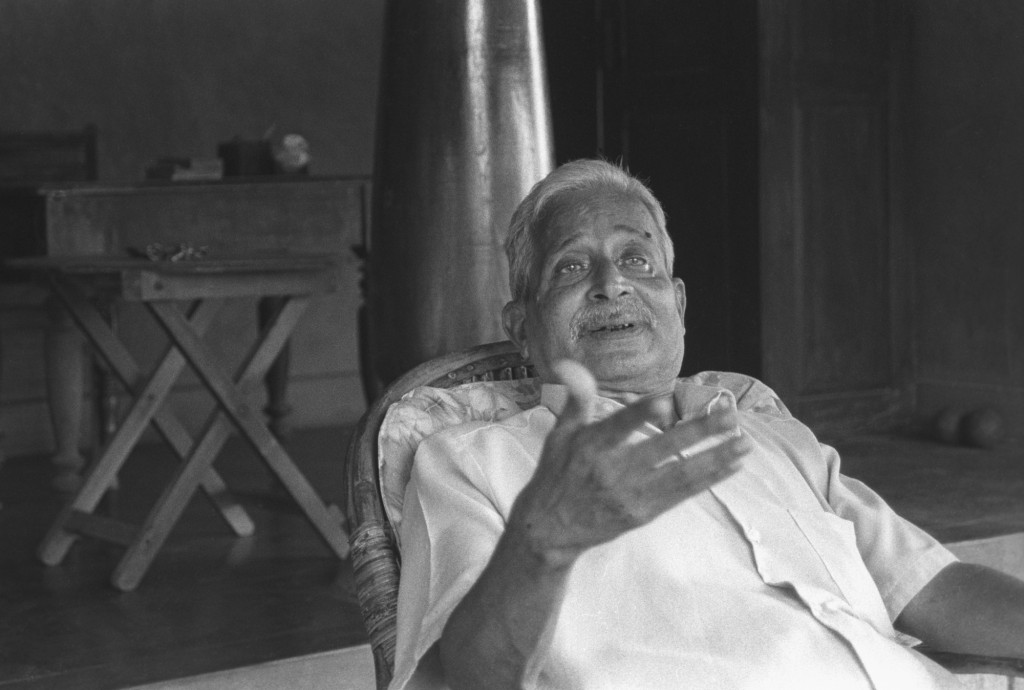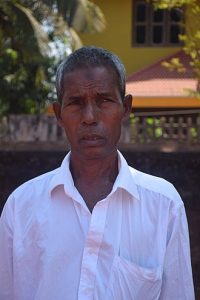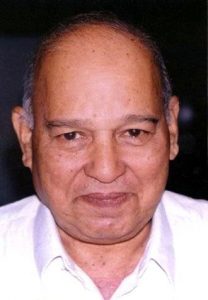
Vijayanath Shenoy was born in 1934 in Udupi, into a family that dealt in utensil trading and ayurvedic supplies. During his career, he served as the public relations manager at Syndicate Bank. However, witnessing the destruction of ancient coastal Karnataka architecture to make way for modern buildings deeply saddened him. He was appalled by the callousness of building owners, who showed little regard for the exquisite craftsmanship and instead favored modernization. The rise of modern houses, nuclear families, and the Land Reforms Act led to the destruction of these culturally significant homes by their owners. In response, he conceived the idea of the Hasta Shilpa Heritage Village.
Upon retiring at the age of 57, he dedicated himself to becoming an architectural heritage conservationist. He firmly believed that architecture was a reflection of people’s lifestyles and that many houses were constructed following ancient scientific principles like Vastu Shastra. His quest led him to travel extensively, often covering long distances on foot, to locate and collect household articles made from materials like brass, copper, or bell metal. In some cases, he had to purchase new articles or even replace them for the homeowners.
For Mr. Shenoy, architecture epitomized the essence of heritage, representing a rich legacy of culturally abundant structures born from innovative thinking, skilled craftsmanship, and advanced technology—a legacy that needed to be safeguarded. This conviction became the foundation of his ambitious project.
Each house in the heritage village required meticulous efforts spanning several months to document and catalog before its eventual demolition. Every house was a timeless masterpiece, and Mr. Shenoy went into extraordinary detail, researching and engaging with families to uncover the stories woven around each dwelling. Once a building was identified, it was thoroughly photographed and recorded on video. Structures were carefully measured, labeled, and numbered to ensure a precise reconstruction at the new site. Pillars and trusses were painstakingly dismantled and meticulously reassembled. Most of the houses were replicated as they were with exact measurements, while minor modifications were made to some to enhance their durability.
From the year 1997, Mr. Shenoy tirelessly worked for a decade to complete the entire estate. Today, the heritage village proudly stands as a testament to its creator’s dedication and passion. It showcases a harmonious blend of Muslim, Hindu, and Christian dwellings, each adorned with genuine antiques, all standing in close proximity, preserving the essence of a rich cultural heritage.



